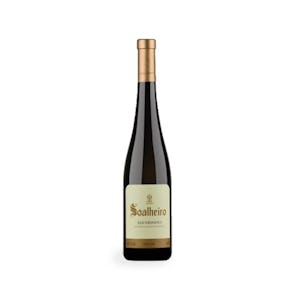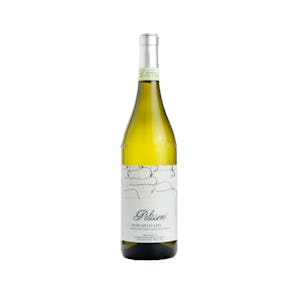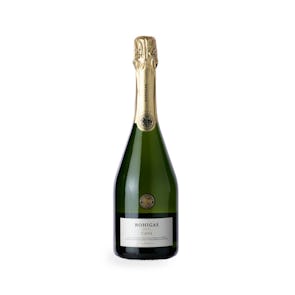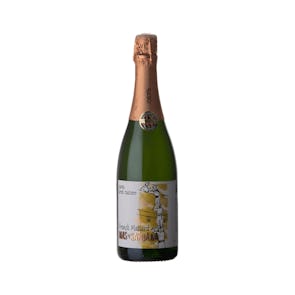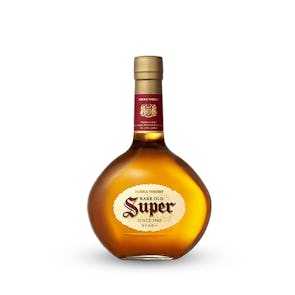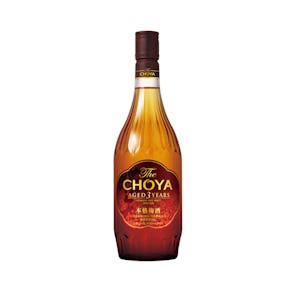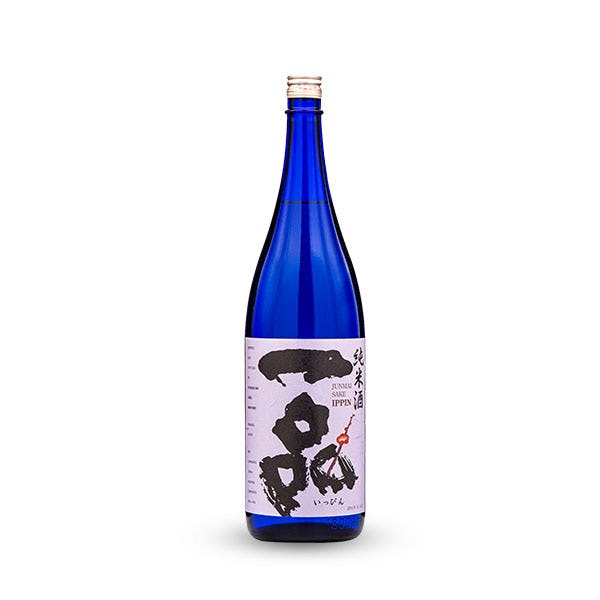
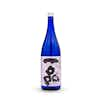
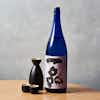
Ippin Junmai Sake
A pleasantly earthy sake
(Saturday Dec 20 , 2025)
TASTING NOTES FROM THE CURATOR:
From the Kanto region of Ibaraki prefecture, the Junmai Sake by Yoshikubo Brewery uses only the best rice that ahs been polished to 60%. It won Gold in the London Sake Challenge. It starts smooth, creamy with a balanced acidity, a medium body, and a dry, lingering finish.
It has an ABV of 15.5%, and has wonderful earthy aromas of dried fruit, leaves, peach, and chestnut. On the palate, you get notes of eggplant, mushroom, toast, and roasted root vegetables.
PREPARATION AND PAIRINGS
Perfect as a meal ender, the Ippin Junmai Sake also pairs beautifully with sushi, sashimi, oyster, salmon, and king fish. It can be served either chilled or at room temperature.
STEADFAST TRADITIONS
Established in the Ibaraki prefecture of Japan in 1790 by Seizaburo Yoshikubo, it began as the Awanoya Brewery. The building burned down in 1945 during the war, but was rebuilt soon after. Renamed Yoshikubo Brewery Co., Ltd. In 1952, it continued to brew high quality sake with the same traditional methods.
It is still owned and managed by the Yoshikubo family, and is currently on its 12th generation. But the traditions remain—they use the clear waters from their hometown of Mito, with methods passed down through so many years.
Understanding Junmai Sakes
When it comes to Junmai sake, the difference lies in the rice — how much of it is polished away, and how that choice shapes the flavor. Think of it as minimalism versus refinement — each tier offering its own kind of beauty.
-
Junmai (≤70% polish): Bold, earthy, full-bodied. You taste the rice. Great warm or room temp.
-
Junmai Ginjo (≤60% polish): Lighter, more aromatic with hints of fruit. Smooth and slightly refined. Best chilled.
-
Junmai Daiginjo (≤50% polish): Ultra-polished, delicate, complex. Soft, elegant, and best enjoyed cold — a luxury pour.
The more the rice is polished, the more delicate and nuanced the sake becomes. But that doesn’t mean “better” — it’s about preference, occasion, and the kind of experience you want in the glass.
Storage Instructions
Store unopened sake in your fridge ideally at 4°C. If you wish to drink your sake chilled, place it in the refrigerator the night before consumption. Opened bottles should always be kept refrigerated. If you later wish to drink your sake at room temperature, place the portion you want into a small pouring vessel and leave that out on the counter at least 3 hours before consumption. Generally, sake should be consumed within one year of the bottling date, but when properly stored, it can survive up to 2 years. An open bottle of sake must be consumed within 2 to 3 weeks.

